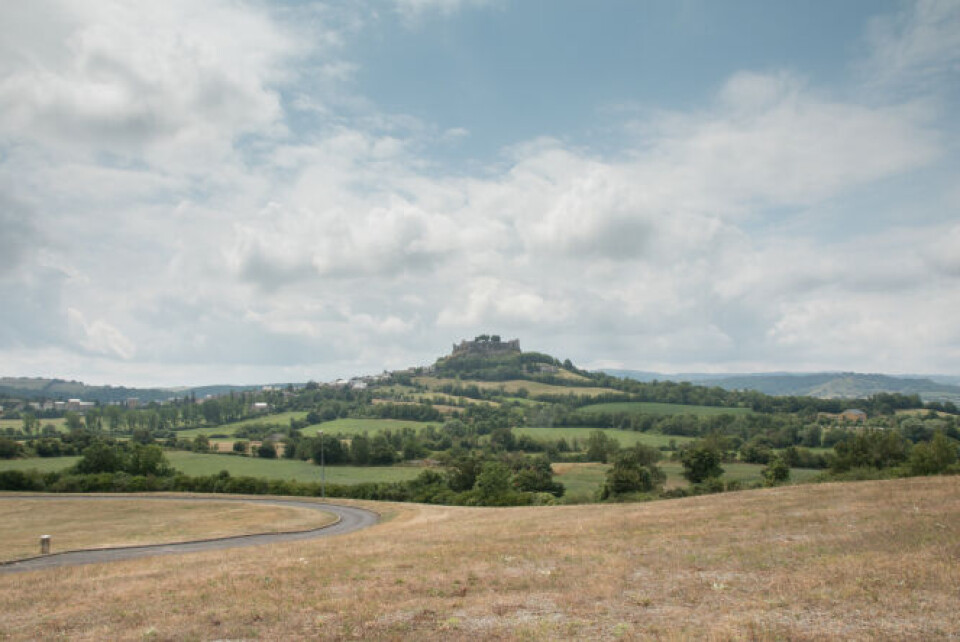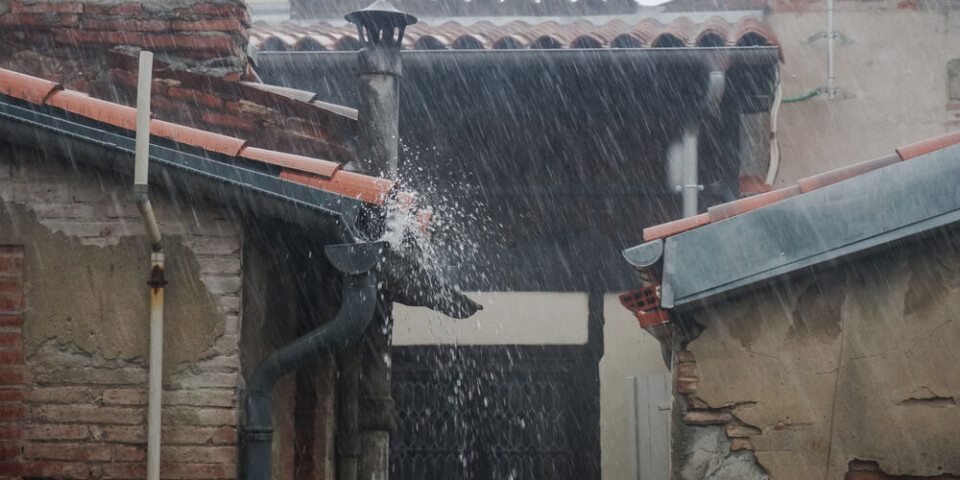-
The Paris Navigo pass also gives culture discounts
Museums, theatres, gardens, cinemas, monuments…the capital’s transport pass can take you further
-
The war grave gardeners who became French Resistance heroes
Many remained in France during the occupation
-
Visitors to Normandy American Cemetery must soon book in advance
With more than one million visitors last year, the cemetery is one of the region’s most-visited D-Day sites
Maison de Jeanne: The French house with a 550-year history
The building is thought to have been constructed in 1478, making it one of the oldest houses in France. It opens to the public ever summer

The maison de Jeanne has sat on a corner of a street in the small town of Sévérac-le-Château in Aveyron for half a millennium, but it was not until recently that it became something of an internet celebrity.
Members of the public can visit the inside of the building in July and August, and witness reconstructions and events retracing its mediaeval history.
Built over several floors in a narrow, rising alleyway, the home was built using a timber frame and walls made from cob, a natural material made from soil, water, straw and sometimes lime. The exterior was originally clad in stone.
A 14th century “maison de Jeanne" is one of oldest houses in France. Amazingly, it still retains its half-timbered walls. House hosts medieval events in July and August.
— ArchaeoHistories (@histories_arch) May 23, 2022
Address: 10 rue de Belvezet, at the corner of the Passage de l'Hospice, Aveyron, France.#archaeohistories pic.twitter.com/ZENhjArRLT
Its upper storeys overhang a smaller ground floor, and this design has been linked to contemporary local tax laws, which were calculated by the amount of land covered by the ground floor.
Below this higgledy-piggledy structure lies a vaulted cellar containing feed troughs, which suggests that the first occupants lived in close quarters with their animals.
“The [construction of the] house is traditionally thought to have been somewhere in the fourteenth century,” Christophe Perrault, who directs the scientific historic research centre Centre d’études en dendrochronologie et de recherche en écologie in Besançon, told Le Figaro.
“However, dendrochronology [a technique that enables more accurate dating through the use of wood samples] reflected trees felled over several years up to the spring of 1478,” during the reign of Louis XI.

The building takes its maison de Jeanne name from its last occupant, a local artist and painter.
It has not been lived in for the past 70 years, and was obtained by the mairie of Sévérac in 1995 to be opened to the public.
A hit on social media
In 2017, an American tourist shared a photograph of the house on image-sharing site Imgur, where it was liked two million times in 48 hours.
At this time, the house was in need of restoration, and looked as if it could collapse.
Many social media users were fascinated by the fact that it was still standing after so many years and some began to falsely claim that it was the oldest house in France.
Aveyron’s tourism office has confirmed that this is not true, although it is the oldest in the town and one of the oldest in Aveyron.
However, a tweet published as recently as May 14 again accorded the title of oldest house to the maison de Jeanne, receiving 29,000 likes and 4,000 retweets.
La plus ancienne maison en France, se trouve dans l'Aveyron, construite il y 700 ans environ. pic.twitter.com/XWsdsVjtyN
— L'historien (@Lhistorien9) May 14, 2022
In 2018, the building’s façade and roof were restored, detracting slightly from its ancient feel, but also ensuring that it would remain standing for years to come. You can see the house as it looks today in the image at the top of this article.
The four oldest houses in France
In reality, the building that is actually believed to be France’s oldest surviving house was constructed nearly 1,000 years ago.
The ‘Maison Romane’ of 20, rue du Merle in the monastic centre of Cluny (Saône-et-Loire). It is thought to have been built in 1091, and is joined by several other houses in the region that date back to the twelfth century at least.
Further south in Cahors (Lot), a house situated at 71, rue du Cheval Blanc was found to have been partly constructed in 1190 or 1191 by a 1995 study. However, various elements of the house had been added on in around 1255-60, and then again in the seventeenth century.
The Maison des Petits Palets in Dol-de-Bretagne (Ille-et-Vilaine) is also thought to have been built originally in the twelfth century. It covers two storeys and is notable for its three stone archways in its exterior façade.
However, if the house appears in surprisingly good condition, it is because it was rebuilt in the seventeenth century.
Finally, the Maison Fenasse or hôtel de Fenasse in Tarn, also from the twelfth century, is one of the only buildings dating from this period in Occitanie.
It originally belonged to the Fenasse family, before being passed to the brother of the Bishop of Albi, Béraud de Fargues, the nephew of Pope Clément V.
Related articles
Dordogne, Brittany: Eight French châteaux for sale for under €700,000
Musée des Maisons Comtoises: See how people used to live in France
This Normandy village is home to a 1,200 year old oak tree
























